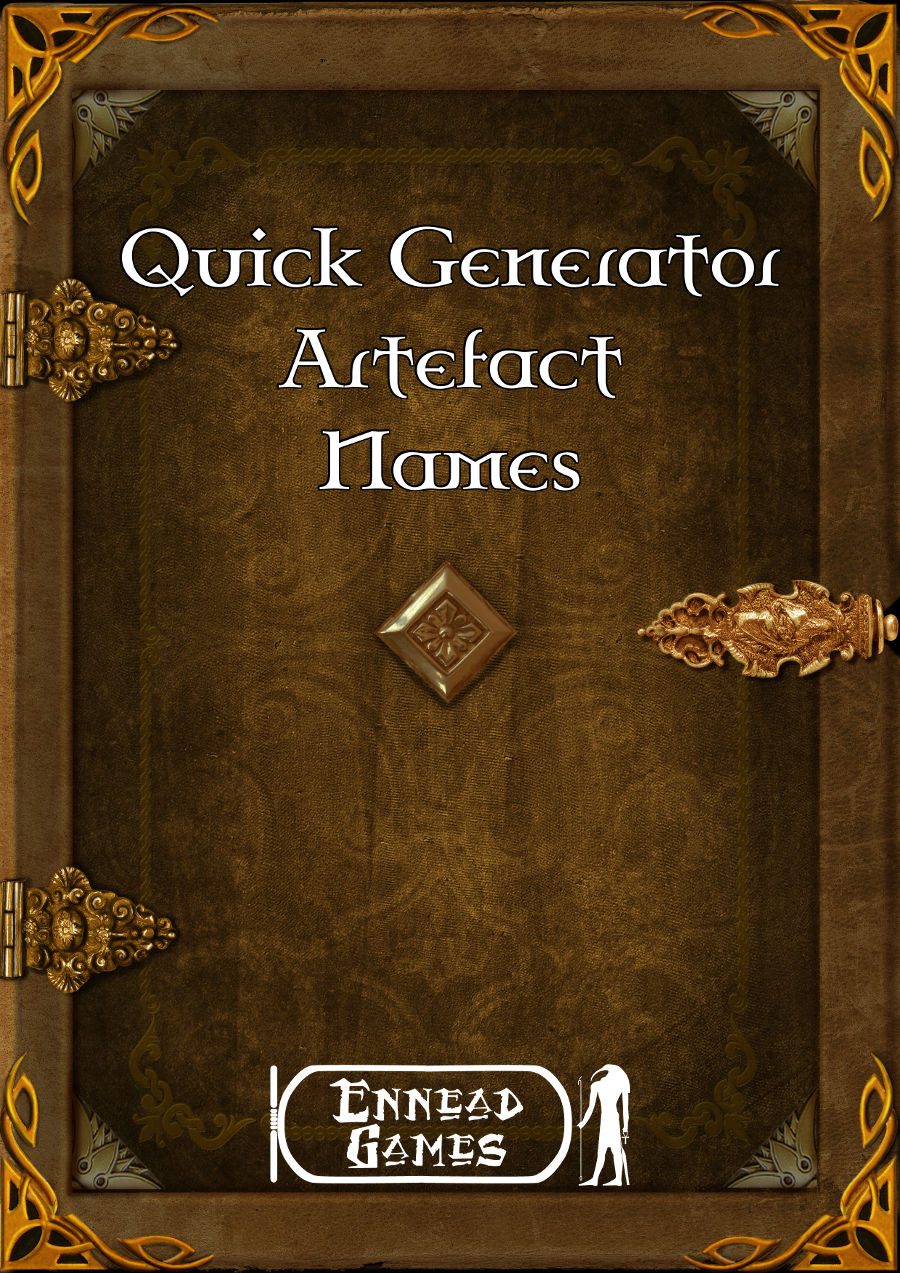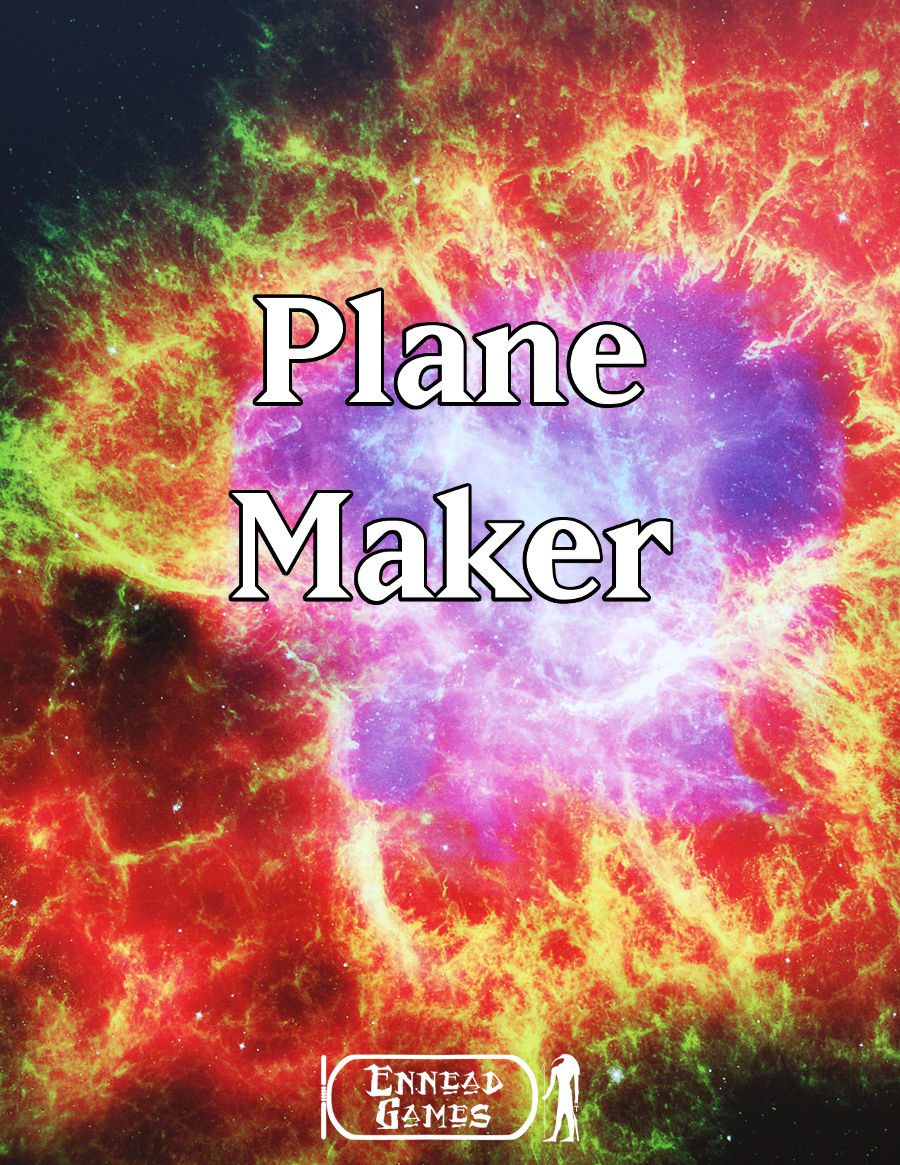
The Nomenclature of Elementals & Finding Design Space, Part 1
Phil Nicholls blogs at Tales of a GM, where he writes about narrative gaming, faster prep and more story. He is currently running a HeroQuest Glorantha campaign in a home-brew setting. Phil has written for Johnn Four’s Roleplaying Tips newsletter and has a selection of self-published pdfs.
This essay is taken from the archives at Tales of a GM.http://talesofagm.com/
Elemental creatures are a common feature in many fantasy settings, yet they are so rarely explored in any great detail. Typically, elementals are a vaguely humanoid monster formed of a raw element. While there is a place for this traditional elemental in a setting, it is possible to achieve a lot more with this archetype.
Let me share with you two ways to broaden the scope of elementals: pure elementals and half-elementals. These classifications open the way for some original creatures. By establishing broad categories of elemental types, we can explore fresh design space. Furthermore, the application of a basic ecology gives us yet more possibilities for elemental creatures.
In this essay, I focus on the pure elementals. Come back next week for the various half-elementals.
Pure Elementals
These traditional elementals resemble chunks of animated pure element, often with rough limbs and faces. They are the raw expression of an elemental plane, given independent form and a small degree of intelligence. These are the crudest creatures in the Cosmos, and thus often appear half-formed.
There is still space for such creatures within an innovative setting. They can express the essence of an element: manifestations of wildfire, or a raging storm. These pure elementals are raw emotion, brutes of great power and little finesse.
Yet, these pure elementals can form the basis of a range of creatures who fulfill different roles in the setting. Scale these pure elementals up and down to broaden their story functions.
Lesser Elementals
Scale down the size and power of a pure elemental to create small elemental spawn creatures. In many ways, these small elementals are akin to animals, with simple intelligence and no language skills.
The elemental spawn do little beyond simply embodying the element in question. Yet, this offers enormous utility for adding elemental technology to a setting. To keep a room permanently cold, bind a couple of ice spawn. Sailors could use bound air spawn to generate the wind to move their ships. A fire containing a fire spawn will always burn, whatever the conditions.
All manner of devices can be created using summoned elemental spawn. As small creatures, only relatively simple spells are needed to summon and bind elemental spawn. Thus, elemental technology could be both cheap and common.
Elemental Flora
The lesser elementals occupy the bottom of the planar food chain. Such simple, elemental creatures are the planar equivalent of flora and fauna. The animal roles are described above.
By assigning the flora roles to lesser elementals, we open up yet more interesting design space. These simple organisms will inform the setting more than the plot. This is another tool to create an interesting background for the story, and can add a degree of verisimilitude to an otherwise highly-magical setting.
Elemental flora will typically be simple organisms at the base of the food chain. Depending upon your interpretation, they could easily be nothing more than a slightly altered version of the base element. Blue flames, or red ice may be simple elemental flora, desirable foods for fire and ice elementals respectively. Already, these flora impact the appearance of the setting.
Alternatively, the flora could be more plant like. Elemental mosses, grasses, ferns or trees will all create radically different locations on an elemental plane. A plane of fire, for example, need not be an endless realm of red flames. Adding a range of elemental flora allows you to vary the environment, and keep the setting interesting.
Food Chain
Before proceeding any further, a note on the food chain. The easiest technique permits elemental creatures to receive energy from their own element. Thus, ice elementals feed on ice.
This exchange of energy is a magical transaction, and thus provides huge amounts of energy for the creature. The process is analogous to mortals’ need for food, but may not require the elemental to physically eat the element. In many cases, it is enough to have the “food” element present in the environment. The element is slowly consumed by the process, but the prevailing environment will also serve to replicate itself.
Elemental flora and fauna occupy a food chain similar to those found on mortal worlds. The plant-like elemental flora take nutrients directly from the raw element itself. These flora are consumed by small animal-like lesser elementals. These, in turn, are preyed upon by the larger elementals in the conventional way.
Likewise, the more sentient planar species will supplement their diet of raw elemental energies with hunting and gathering from the native flora and fauna of their plane. The sentient races may also enjoy hunting assorted elemental races, considering them to be lower in status on the plane.
Greater Elementals
Scaling up the size of a pure elemental creates another set of options. These greater elementals are truly fearsome creatures. Imagine the power of a tsunami or a tornado, for this is what a greater elemental embodies.
The larger elements display some personality and cunning, but they are not fully sentient. The greater elementals will primarily roam the wilds of their home plane. However, should one find a way through to a civilised world, or be brought there for some misguided purpose, then all manner of disaster can result.
Their sheer strength puts greater elementals into the realm of plot devices, rather than as a foe for your Heroes. There will always be someone foolish enough to think they could control a greater elemental, and thus bring them forth to civilised lands.
Indeed, there is an sense of a nuclear deterrent with the greater elementals. The amount of destruction one could wreak is comparable to a nuclear blast. Thus, if one side in a war is capable of unleashing one of these behemoths on their foes, then the other side needs to be equally capable. The concept of mutually assured destruction need not be limited to the Cold War.
Conclusion
I hope this breakdown of pure elemental creatures has been helpful. No longer need an elemental be just a living column of raw element. Next week I explore the more exotic half-elementals.
How do you add an elemental to your game? Have you experimented with different categories of elemental? What do you think of elemental flora? Share your thoughts in the comments below.
Happy Designing
Phil
For more essays from Phil, and updates about his latest campaign, visit Tales of a GM.
http://talesofagm.com/




One thought on “[Guest] – The Nomenclature of Elementals & Finding Design Space, Part 1”
Comments are closed.